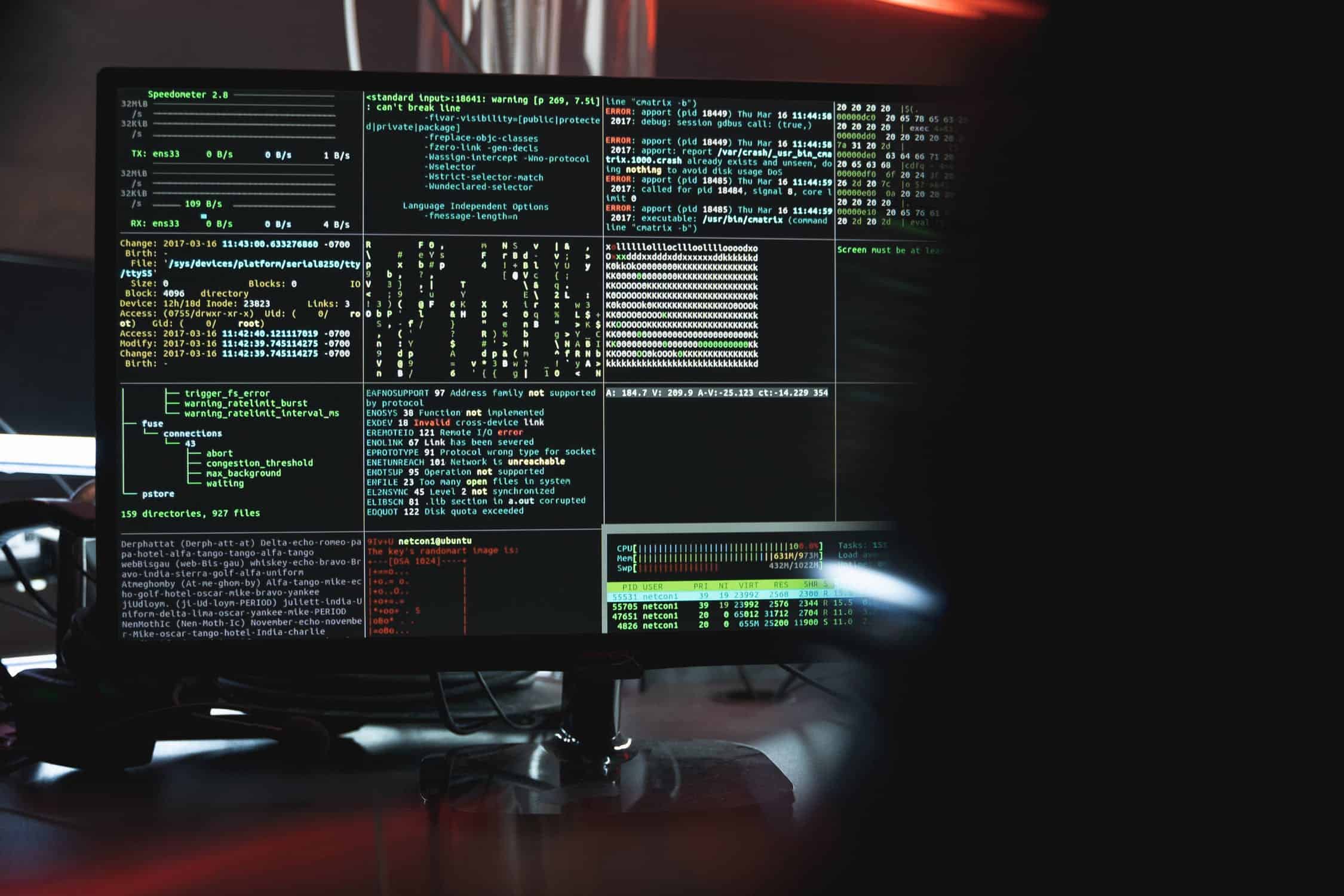Casio Data Breach: What Happened? Neuways – Technologist
On January 7, 2025, Casio disclosed that an October 2024 ransomware attack exposed the personal data of approximately 8,500 individuals. This breach affected Casio employees, business partners, and a small number of customers. While the company has taken steps to address the situation, this incident serves as a stark reminder of the ongoing cyber security risks businesses face. Here’s what we know about the Casio Data Breach.
When did the Casio Data Breach happen?
The attack, occurring on October 5, began with phishing tactics employed by the Underground ransomware group. By compromising Casio’s network, the threat actors caused a significant IT systems outage and exfiltrated sensitive data. On October 10, Underground publicly claimed responsibility and threatened to leak confidential documents, financial records, project details, and personal data unless a ransom was paid.
What data was compromised?
The compromised data is extensive. It includes the personal information of 6,456 employees, 1,931 business partners, and 91 customers. For employees, data such as names, taxpayer ID numbers, and even family details were leaked. Business partners saw their company and personal identification details exposed, while customers faced risks related to delivery information. Casio also confirmed the theft of internal documents, including contracts and invoices.
Should customers be worried?
While the incident is concerning, Casio clarified that no customer payment or credit card data was impacted, as their core customer database remained unaffected. The company’s swift investigation and response ensured that detailed notifications were sent to affected individuals, mitigating potential risks of identity theft or misuse. Notably, Casio followed best practices by refusing to negotiate with the ransomware group, prioritizing the advice of law enforcement and cyber security experts over paying a ransom.
What are the ransomware risks to businesses?
At Neuways, we view this incident as a clear demonstration of the risks posed by ransomware attacks, particularly when combined with phishing as an entry point. Phishing remains one of the most effective tactics for attackers, exploiting human error to bypass even well-established security defences. This highlights the critical need for employee training to recognise and resist such threats.
The broader lesson for businesses lies in the importance of a layered approach to cyber security. Measures such as phishing-resistant multi-factor authentication, endpoint monitoring, and real-time threat detection are vital to reducing vulnerabilities. Implementing proactive strategies like token lifespan management, geo-blocking to limit bot traffic, and regular security audits can further enhance protection.
How can organisations protect their data?
Additionally, organisations must have robust incident response plans in place. Casio’s ability to recover most services quickly and issue detailed breach notifications suggests they had some level of preparedness. However, the separate breach of their CASIO ID and ClassPad.net platforms during the same period underscores the importance of comprehensive security across all systems.
At Neuways, we support businesses by offering tailored cyber security solutions, from proactive threat monitoring to post-incident recovery. Ransomware attacks are not just IT issues; they are business-critical challenges that require a coordinated and resilient approach. By investing in robust cyber defences and fostering a culture of awareness, organisations can significantly reduce their risk exposure and maintain the trust of their customers and partners.
Casio Data Breach Summary
The Casio breach is a cautionary tale, but it also reinforces the importance of vigilance and resilience in 2025 and highlights the need for businesses to protect themselves.

